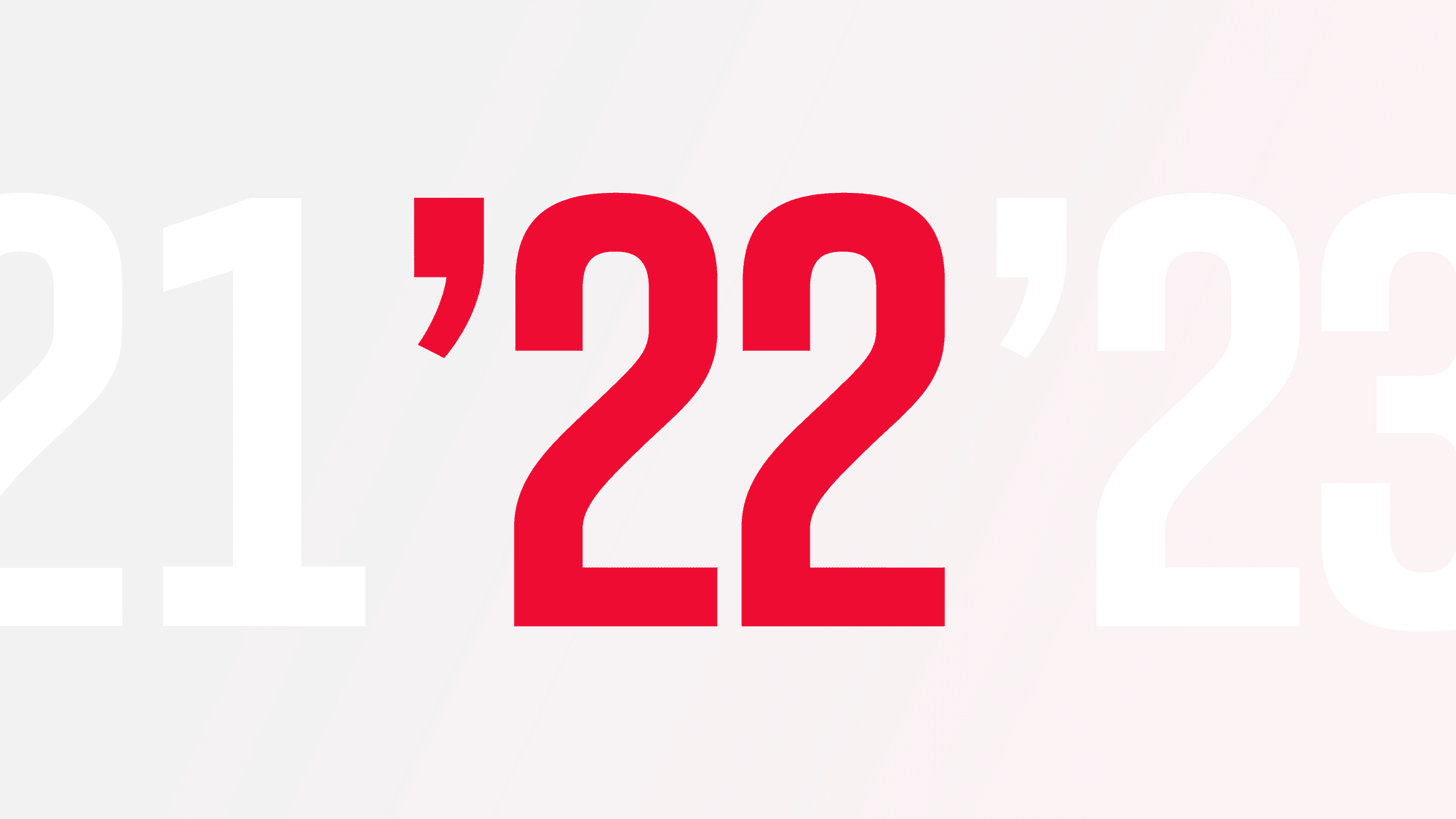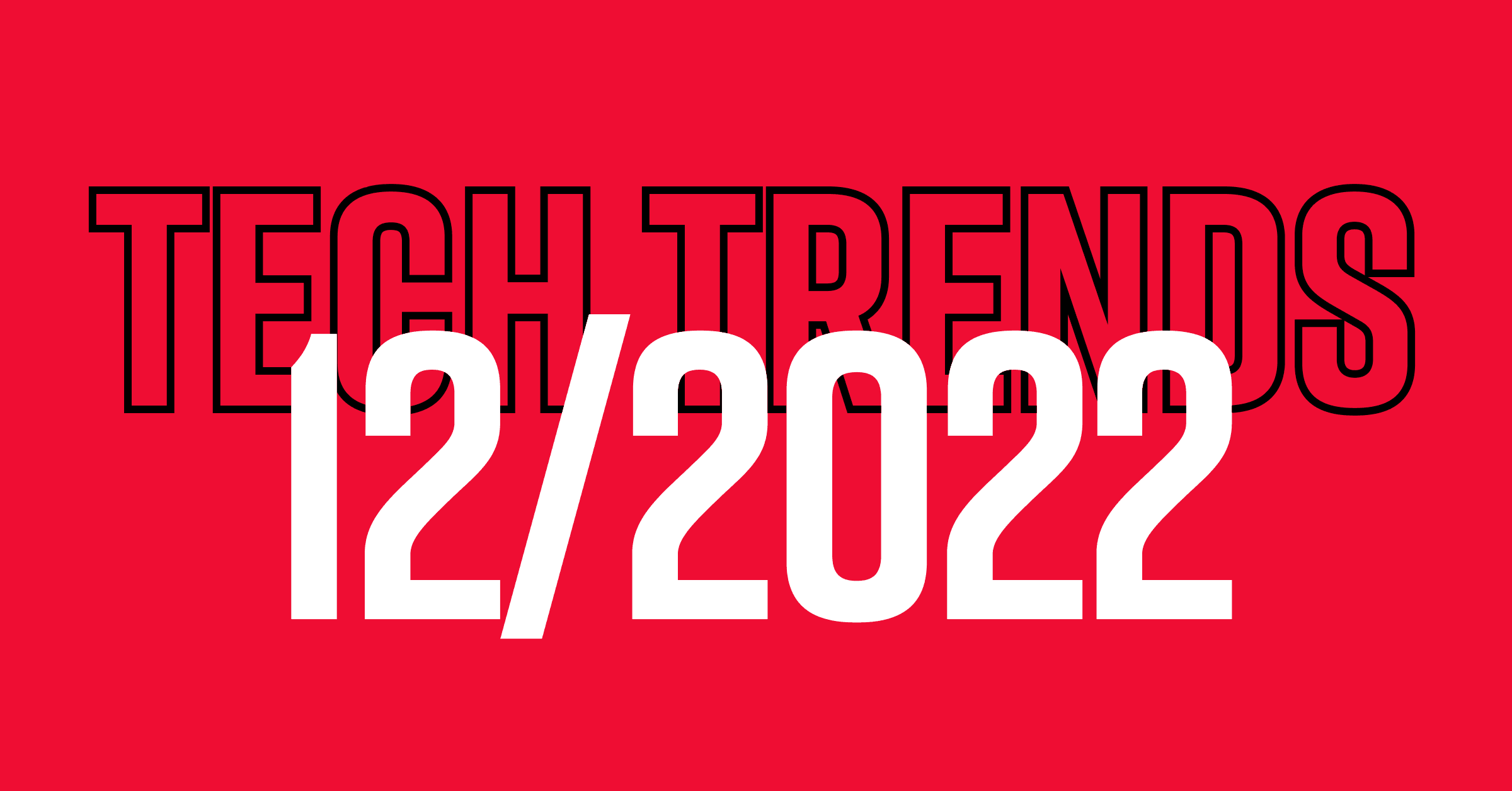But when it comes to e-commerce, it isn't quite there yet.
From weed puns to lack of information, purchasing cannabis products can feel overwhelming for new users.
Our design concept changes that. By creating a flow of simple questions, we figure out what a user is looking to do during the day, what state he/she wants to achieve — and recommend products based on this personalized data.
Without making a single "high" joke. Really.
When STRV designer Tomas Sebastian decided to create a concept for Weedmaps, an app that allows users to review cannabis strains and find local dispensaries, he came across two main challenges found within the cannabis industry:
- Inexperienced consumers are overwhelmed by information.
- There is still a social stigma surrounding marijuana.
Tomas felt that the cannabis-related apps already on the market weren’t doing a great job at solving either problem. They seemed outdated, not very user-friendly and didn’t help users pick the best product for their needs. Considering just how strongly apps within other markets focus on those elements, Tomas’ approach became:
“Let’s make this weed app as good as top food delivery apps.”
Here’s how he did it.
User-friendly Design
Modern Design
- Utilizing common patterns and practices
- Sticking to colors that are familiar, pleasant
- Avoiding well-known, stigmatized symbols like marijuana leaves
Set of Icons
- Symbols on the Discovery Screen (first screen) that don’t overwhelm the user
- Help users easily recognize a product’s main qualities, and what they can expect
- Soft colors for calm, sleepy, etc./ Deeper colors for energized, motivated, etc.
Familiar Language
- Skipping jargon familiar only to enthusiasts
Personalized Suggestions
- The onboarding process is a “flow” made of simple questions that help identify what a user is looking for/needs
- The answers help suggest products that suit the user best
- Questions include the main purpose: Medical vs. Mood
- Experienced users can easily skip this flow
More Data = Improved Results
- Because every product’s effects tend to slightly vary from user to user, follow-up questions serve an important role
- Once the user has used the product a few times, he/she answers a few questions about the experience
- With more user data, suggested products are better tailored to each user — based on users’ tolerance, taste preference and more.
Tomas and the STRV team chose to work on this design concept based on the current trends and our experience with — and interest in — the cannabis industry (check out what we did for Eaze HERE).






